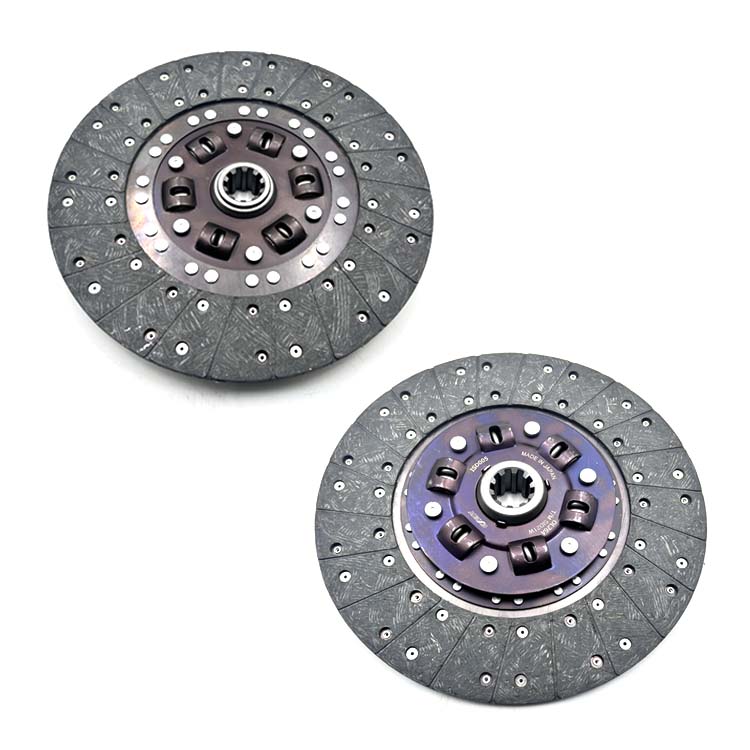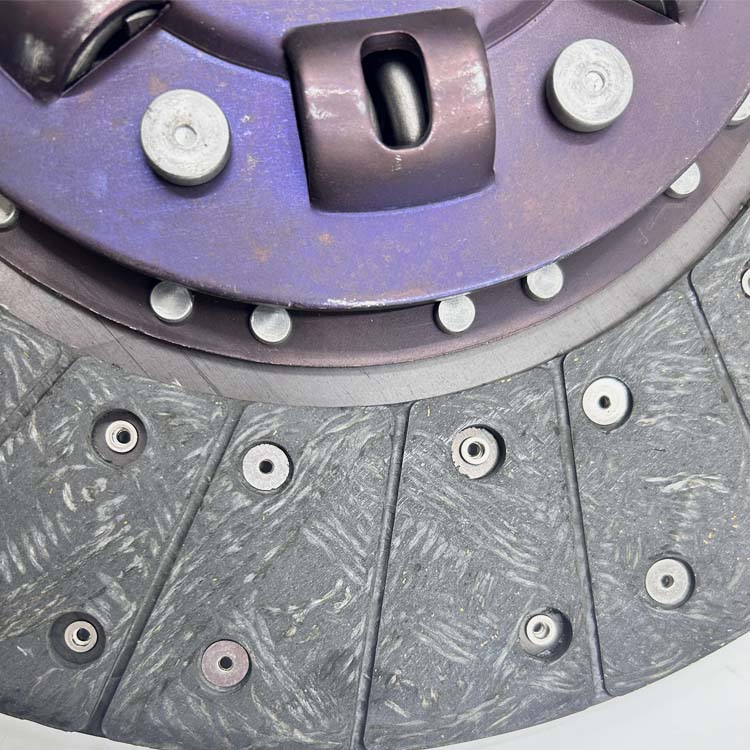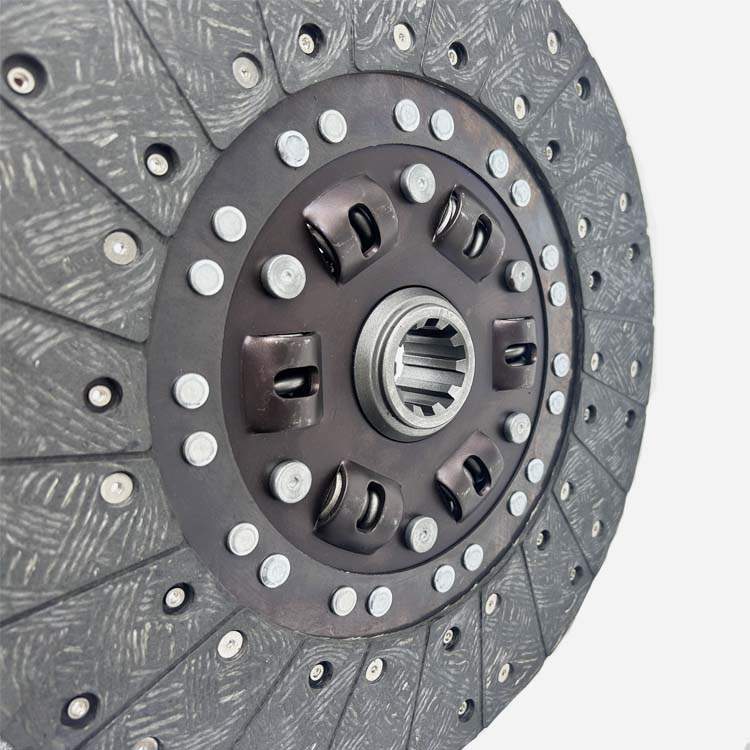- English
- Español
- Português
- русский
- Français
- 日本語
- Deutsch
- tiếng Việt
- Italiano
- Nederlands
- ภาษาไทย
- Polski
- 한국어
- Svenska
- magyar
- Malay
- বাংলা ভাষার
- Dansk
- Suomi
- हिन्दी
- Pilipino
- Türkçe
- Gaeilge
- العربية
- Indonesia
- Norsk
- تمل
- český
- ελληνικά
- український
- Javanese
- فارسی
- தமிழ்
- తెలుగు
- नेपाली
- Burmese
- български
- ລາວ
- Latine
- Қазақша
- Euskal
- Azərbaycan
- Slovenský jazyk
- Македонски
- Lietuvos
- Eesti Keel
- Română
- Slovenski
- मराठी
- Srpski језик
Installation and use of clutch pressure plate
2023-12-26
Confirmation before clutch installation
1. Whether the clutch model is suitable for the vehicle model and engine model;
2. Check whether the clutch pressure plate is deformed or damaged due to falls, bumps, etc. during transportation, unpacking, and handling.
Inspection and cleaning during clutch installation
1. Clean the debris in the flywheel and clutch housing;
2. Check the working surface of the flywheel for scratches, cracks, ablation and discoloration. If so, replace it in time;
3. Check the clutch plate for wear. If the surface of the friction plate has uneven contact or is ground smooth, it is allowed to use 130-150# sandpaper to repair or replace it. From each rivet head to the surface of the friction plate, the pit value limit is 0.5mm. If the value exceeds the limit, replace it.
4. Clean the debris and anti-rust oil on the clutch pressure plate;
5. Check whether the release bearing, clutch fork, crank rear guide bearing, clutch rocker arm and other related components are normal;
Precautions when installing the clutch
1. Pressure plate positioning: There are 6 screw mounting holes on the clutch pressure plate. Two of the screw mounting holes are slightly larger and are arranged oppositely. There are small holes on each edge, which are the pressure plate positioning holes;
2. Oil pollution: It is strictly forbidden to touch the clutch pressure plate with oily hands, rags and other oily objects;
3. Clutch splines: The spline teeth of the clutch plate should be able to slide freely on the first shaft teeth of the transmission;
4. Screw tightening: All bolts should be tightened according to the specified torque, diagonally alternately, and in multiple times;
Adjustment after clutch installation
After installation, check the free gap between the release bearing and the diaphragm spring or the free gap of the clutch pedal;
The free travel of the clutch rocker arm is 2mm-4mm; the free travel of the clutch pedal is 15mm-25mm;
Driving precautions after clutch installation
Vehicles that have just had the clutch pressure plate and clutch plate replaced should pay attention;
1. Overloading; 2. Long-term use of half-clutch; 3. Avoid high-speed starts;
Regular clutch adjustment
During long-term use, due to normal wear of the clutch plate, the free stroke of the clutch pedal will gradually increase, so regular inspection and adjustment are required. Otherwise, the clutch may not be completely separated, resulting in abnormal gear shifting noise, burnt discs, etc.






